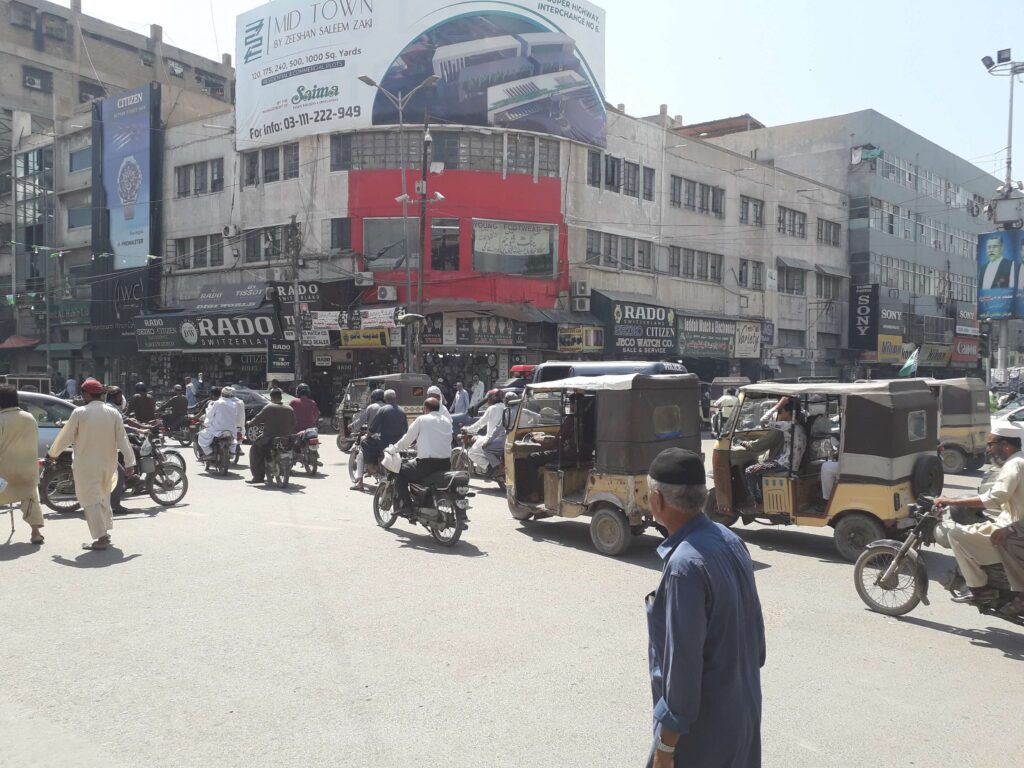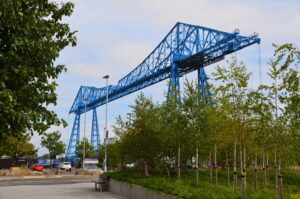The view from Pakistan: The environment in Pakistan’s cities
Our correspondent Ian Packham reports back from Pakistan’s capital Islamabad where air and plastic pollution pervade the streets. Is there hope this city could go green?
Sixteen hours of road travel over two days in a succession of local minibuses sees me replace the Karakorum’s towers of rock with the minarets of Islamabad’s Shah Faisal Mosque. It’s just one very obvious difference.
So too is the number of vehicles on the Pakistani capital’s roads. Along the Karakorum Highway I would encounter around ten vehicles an hour, here it’s more like ten a second. After the fresh mountain air of the Karakorum, the gentle haze of pollution that’s settled over the city is all the more noticeable than it would be otherwise.

While coal-fuelled power stations may be the primary cause, the traffic certainly plays its part. ‘You have to use a motorbike or a taxi,’ says Iqbal. ‘Islamabad is just too big otherwise.’ A model city planned from scratch post-independence, space probably seemed advantageous to anyone used to the crowded streets of somewhere like central Rawalpindi just ten miles south. But it means the city streets hum with the sound of petrol engines day and night.
Nor are issues with air quality limited to Islamabad and Rawalpindi. A fifth season is now sometimes added to the climate of Lahore, close to the border with India. It means the city’s calendar goes spring, summer, monsoon, winter, smog. It’s said to be easier to get a loan for a motorcycle than for a bicycle.
Single-use plastics are another problem it’s obvious Pakistan’s cities have to contend with. Although now declared a ‘plastic free’ city, purchase pretty much anything in Islamabad and you’ll be supplied with a plastic bag free of charge.

WWF Pakistan estimates that 55 billion plastic bags are produced in Pakistan each year. This is enough for each person in the country to make use of a new one every 1.5 days. It’s not hard to find examples of discarded bags and wrapping on side streets and in the city’s water courses.
At Rawalpindi railway station, even the cleaners throw empty plastic drinks bottles onto the tracks from the platforms. Clearly a change in the cultural acceptance of littering is necessary beyond bins emblazoned with the stencilled words ‘USE ME.’ Perhaps a better understanding of the ultimate environmental and human impact will help.
Fridays for Future Pakistan activist Fatemah Sultan, who lives in Karachi, had this to say to me before I left the UK: ‘A lot of countries in Europe, like the UK, ship their waste to Pakistan. It doesn’t go through a proper waste management system.’ Proving the point, a chicken chapati roll I purchase for lunch comes wrapped chip shop style in a page from a phone directory for Mainburg, Germany, names and numbers still clearly visible. And then in plastic.

Fatemah went on: ‘It’s ending up in the food we eat. The food I eat essentially contains microplastics from waste I didn’t produce’. She, I and many millions more are drinking it too. Six major tributaries leading to Rawal Lake, a drinking water reservoir by Islamabad’s diplomatic enclave and high-end hotels, were tested for microplastics. Four were found to be contaminated, with the main culprits believed to be industrial and agricultural processes further upstream.
If all this sounds bleak, there is good news, including a relatively new Metrobus service in Islamabad which costs less than a cup of tea per journey. I also see at least one hybrid electric vehicle during my short time using Islamabad as the launch point for the second section of my journey further south. The high level of sunshine Pakistan receives means there’s ample opportunity to take advantage of free solar energy if the country can be helped to be weaned off its coal reserves.
At present, it’s fossil fuels which dominate the country’s energy sector. However, as well as funding big coal projects such as a mine in the Thar desert, benefactors like China are also stumping up the cash for Pakistan’s first solar farms. So it’s certainly not too late to maintain Islamabad as the model city it was designed to be.
Revisit Ian Packham’s previous dispatches from Pakistan:
Karakorum – The climate change frontline
New lakes form another risk in Karakorum
Is sustainable development possible?
Photos provided by Ian Packham















